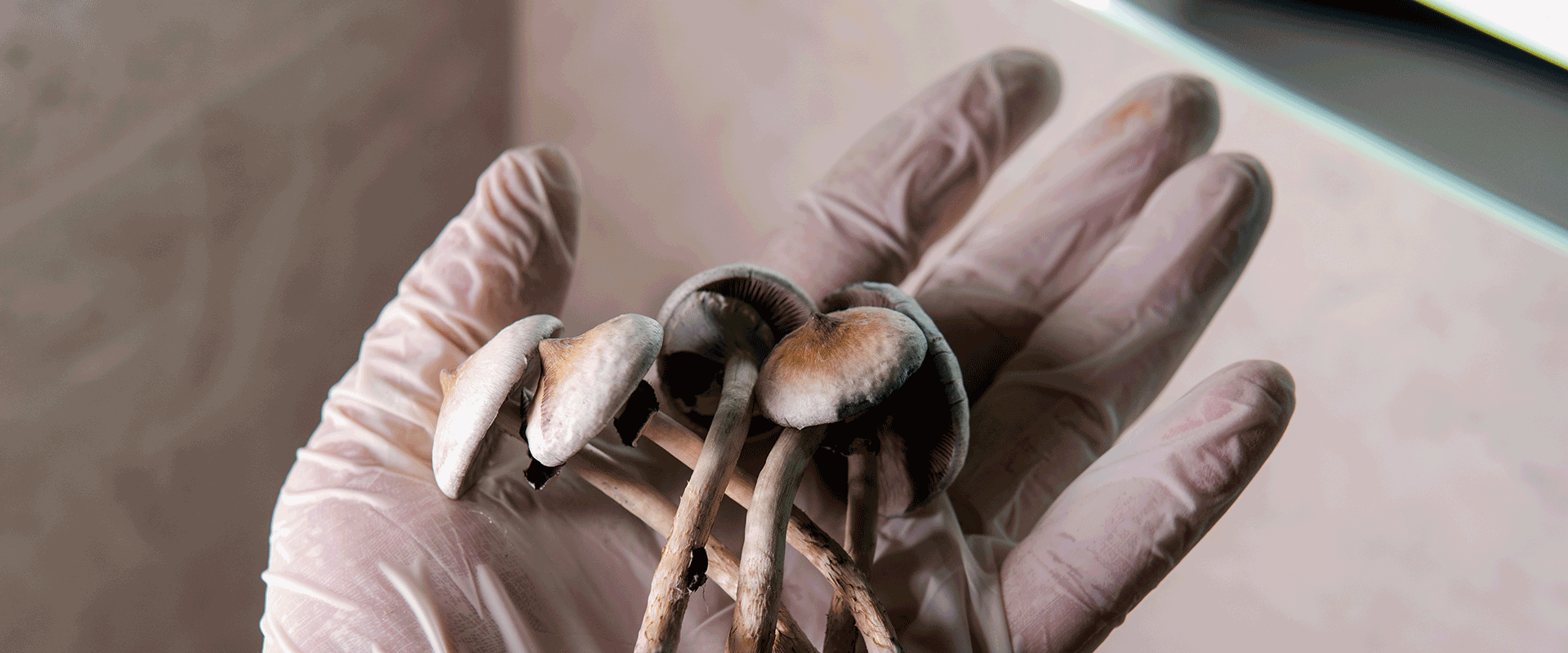Whilst the scientific and clinical evidence base continues to strengthen, there remain a number of challenges that companies will need to work through as these therapies progress towards commercial maturity.
1. Cost to serve
As currently trialled, psychedelic therapy could prove costly to provide. Many of the trials presently underway involve both a drug (or drug combination) and a therapy component; in effect, this bundles the two into a single regimen. In the US, it is likely that this will be regulated through the FDA’s Risk Evaluation and Mitigation Strategies (REMS) system, which forces specific requirements in drug administration. Although intended to mitigate risk, it will also likely have a significant cost implication if the therapy component is required and strictly regulated.
Further, the therapy requires highly trained and experienced therapists; for example, COMPASS developed a five-tier therapist training programme. The expense of initially training and possibly having to maintain the accreditation of therapists is likely to be material.
Finally, the length of therapy sessions varies between different providers and by type of psychedelic, but a single treatment lasting four to six hours is not unusual. This is vastly longer than typical analogous talking therapies, which usually last one hour for an individual session. It is likely, therefore, that the cost of administering these sessions in specially designed rooms will be high.
2. Reimbursement
Whilst reimbursement pathways for drugs alone are typically well laid out and well-funded in most global economies, this is usually not the case for psychological therapies. For drug/therapy combinations, the processes of receiving reimbursement are quite complicated and fragmented in most countries, because funding tends to come from different sources. Reimbursement codes for both the drug and the service as a combination will need to be sought, and if not available, advocated for.
3. Large-scale production
One of the most significant challenges to commercial success is likely to be how to produce standardised organic compounds consistently and in industrial quantities. It is difficult and expensive to isolate the active ingredients, and it has never been achieved at a significant scale previously. Even producing uniform doses for trials has proved problematic, with supply constraints pushing prices for pharmaceutical-grade psilocybin to around $7,000-$10,000 per gram. One solution could be to synthesise psychedelics like psilocybin without recourse to their natural ingredient, in this case mushrooms. COMPASS Pathways’ patented production approach, for instance, allows it to access higher yields than would be possible by trying to grow mushrooms.
4. The non-medical ‘wellness’ market
Whilst the current focus is on the medical — rather than recreational — use of psychedelics, it is likely that the market may mature in this direction. As with the rapidly evolving cannabis market, there may be more money to be made through a wellness application compared to a purely medical one, for instance, in micro-dosing kits taken at home or in spiritual retreats at so-called health farms. This raises challenges due to the potentially overlapping populations of patients as well as the trust and credibility issues related to companies seeking to play in both the medical and wellness spaces.







